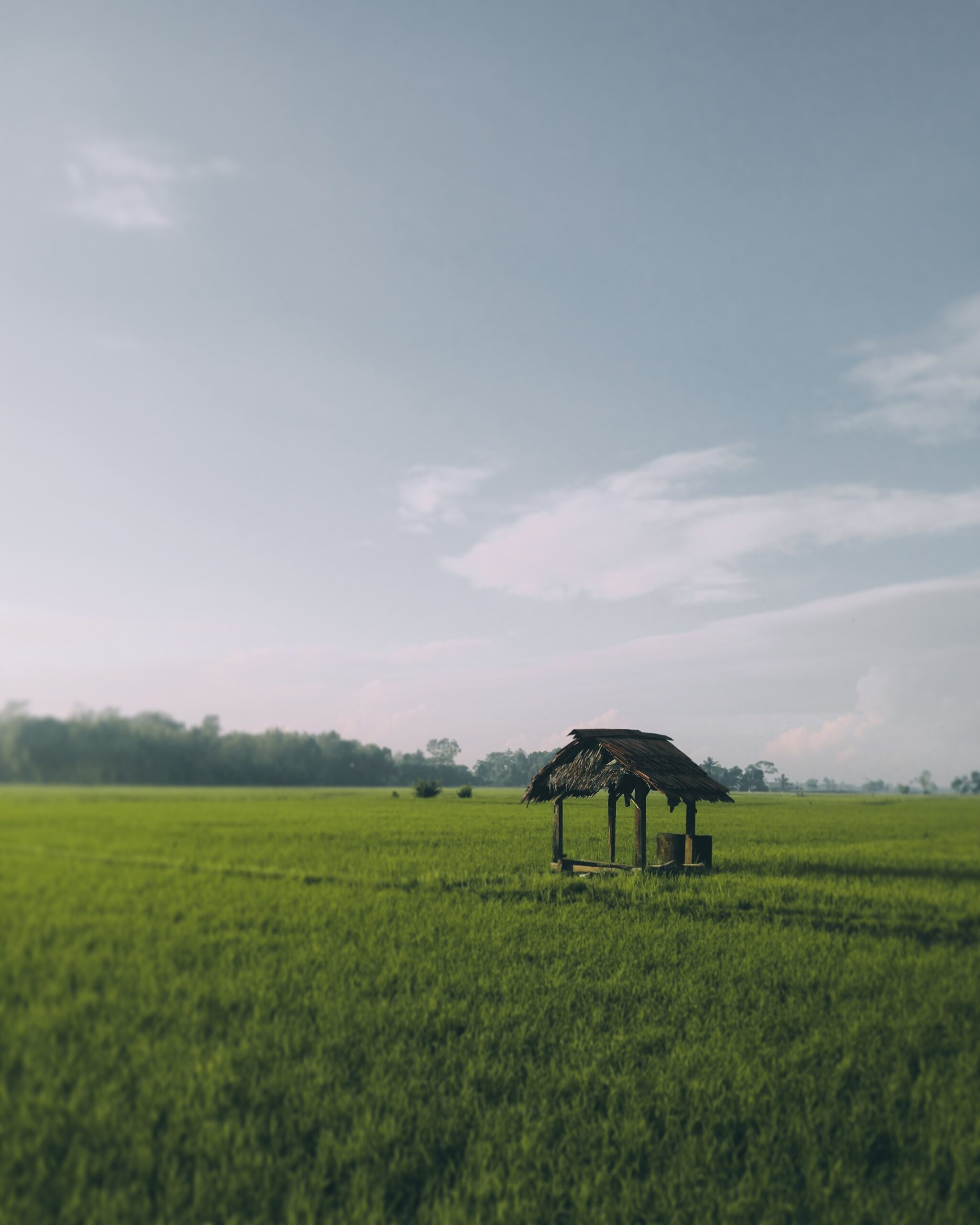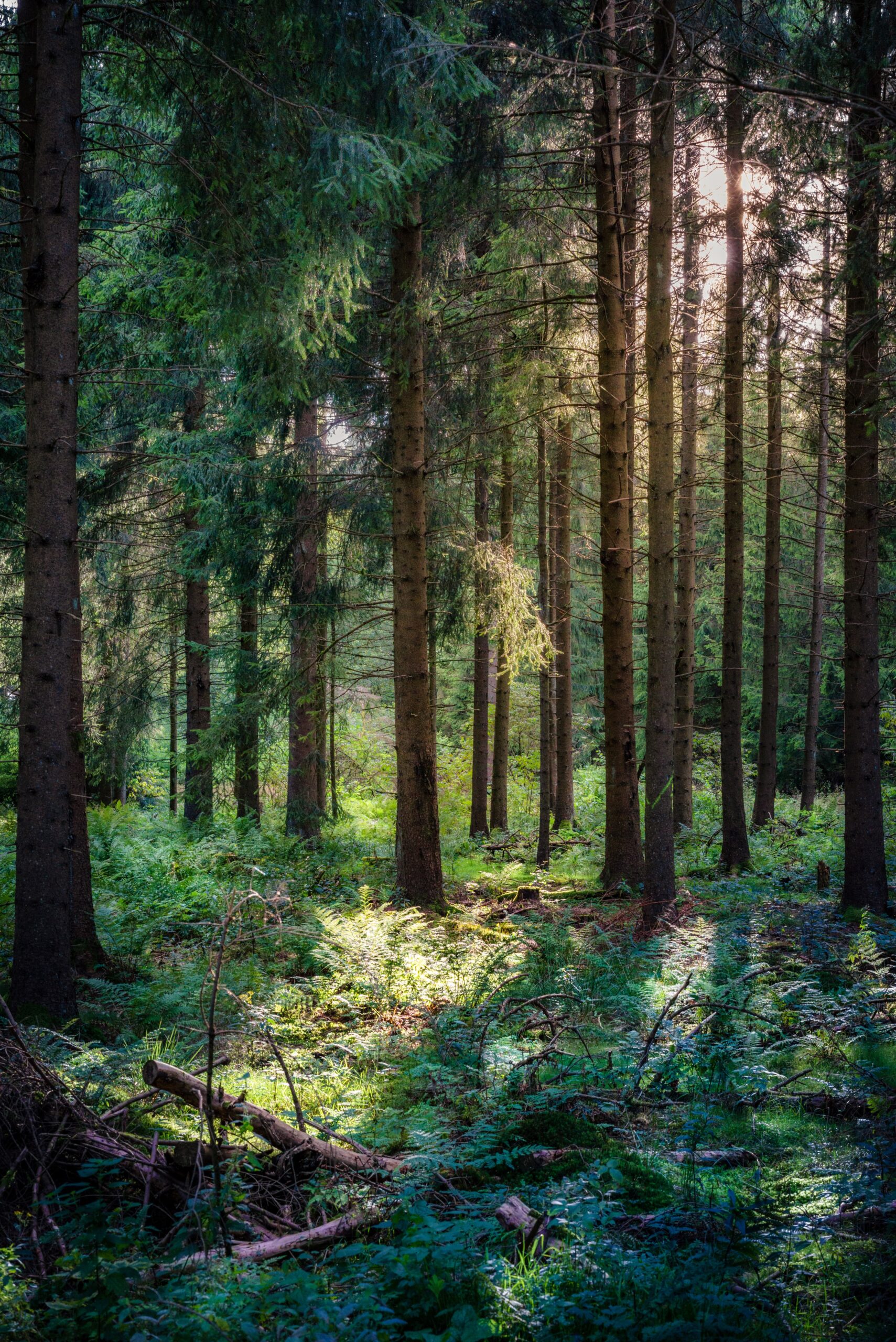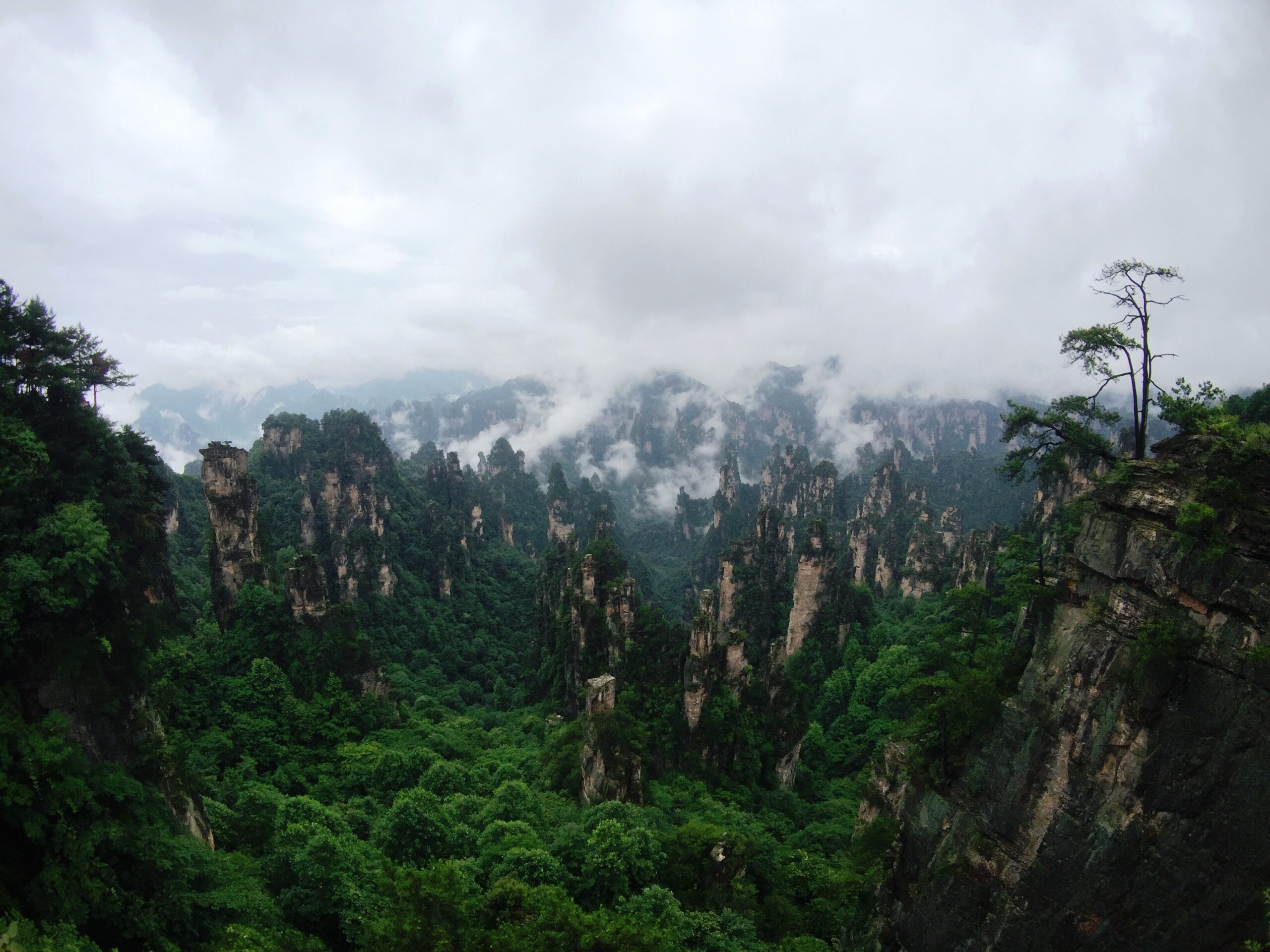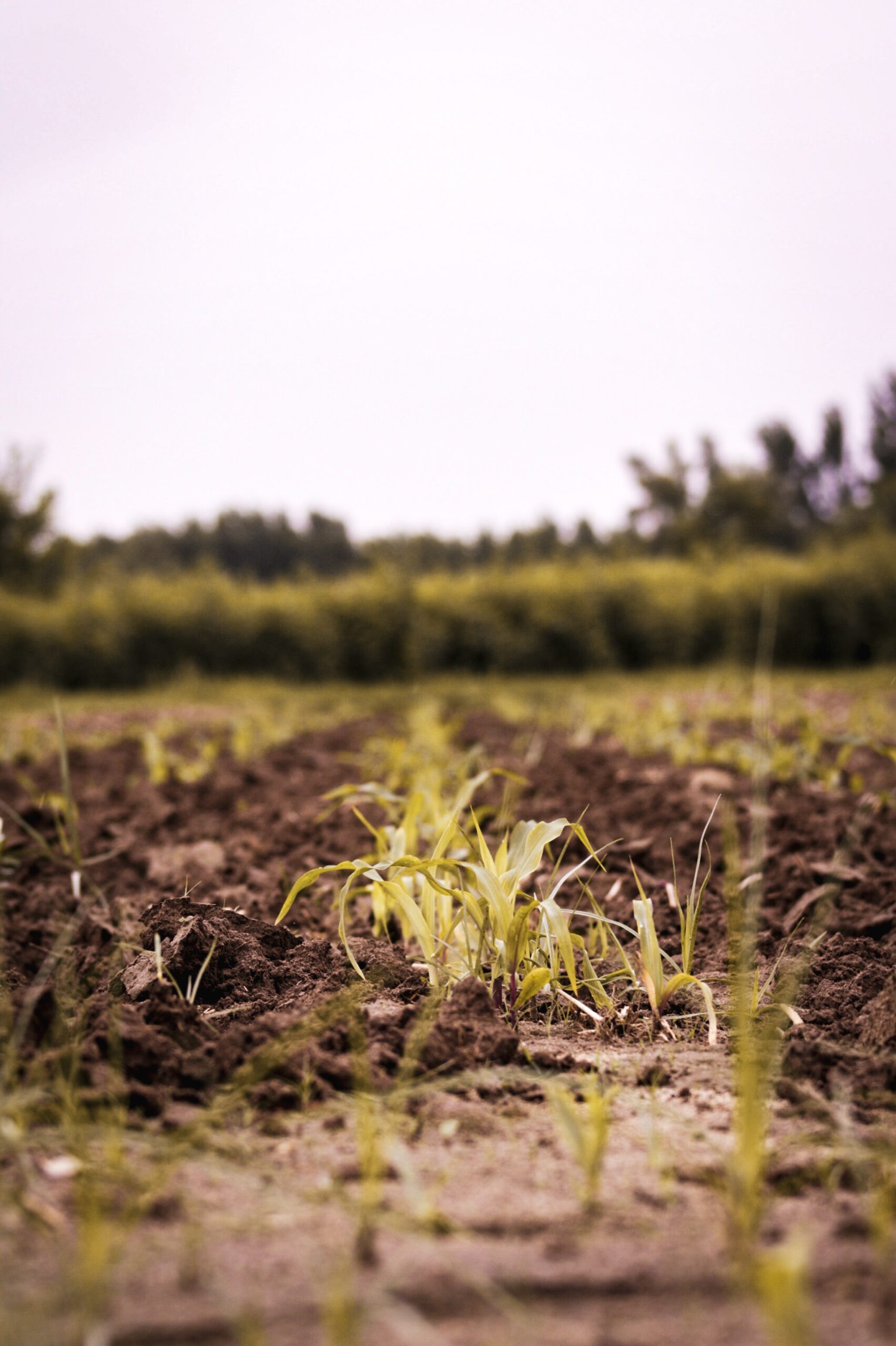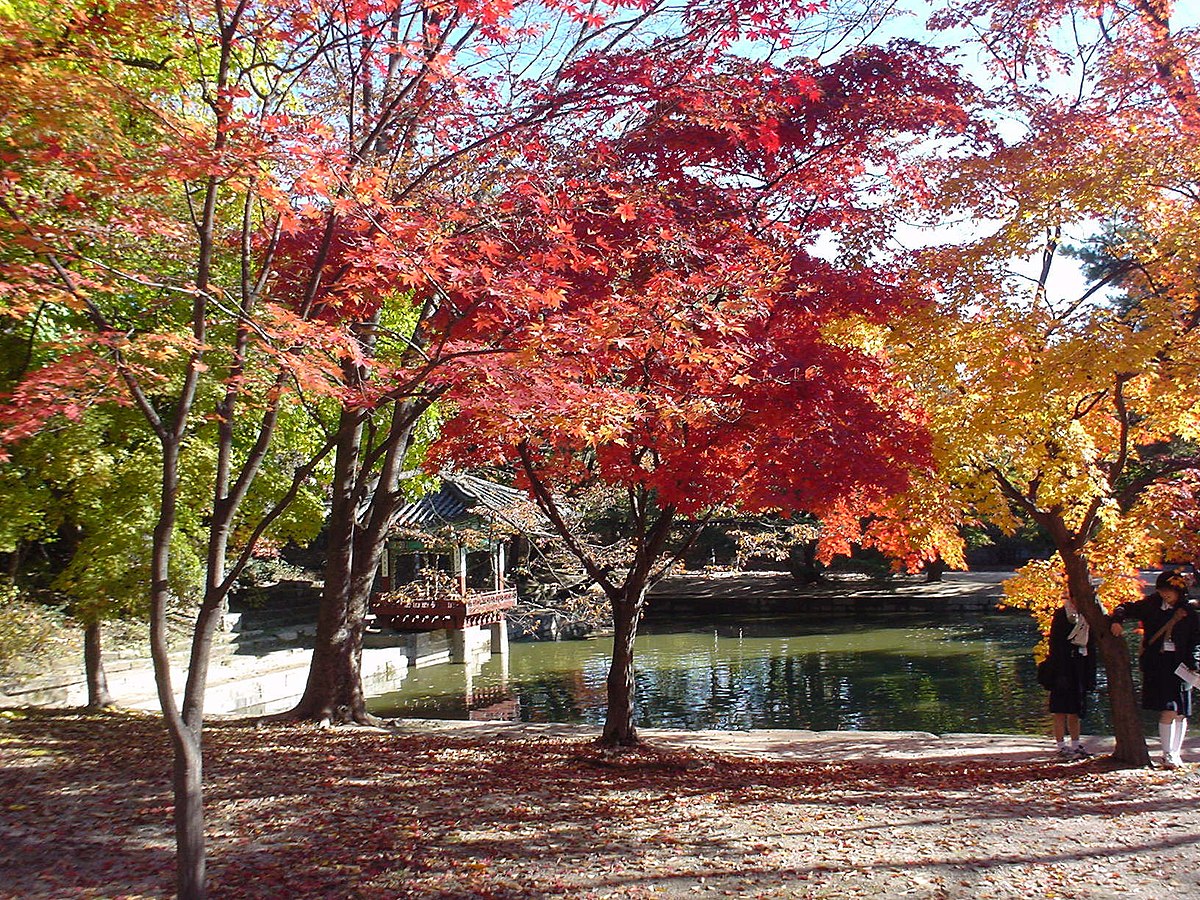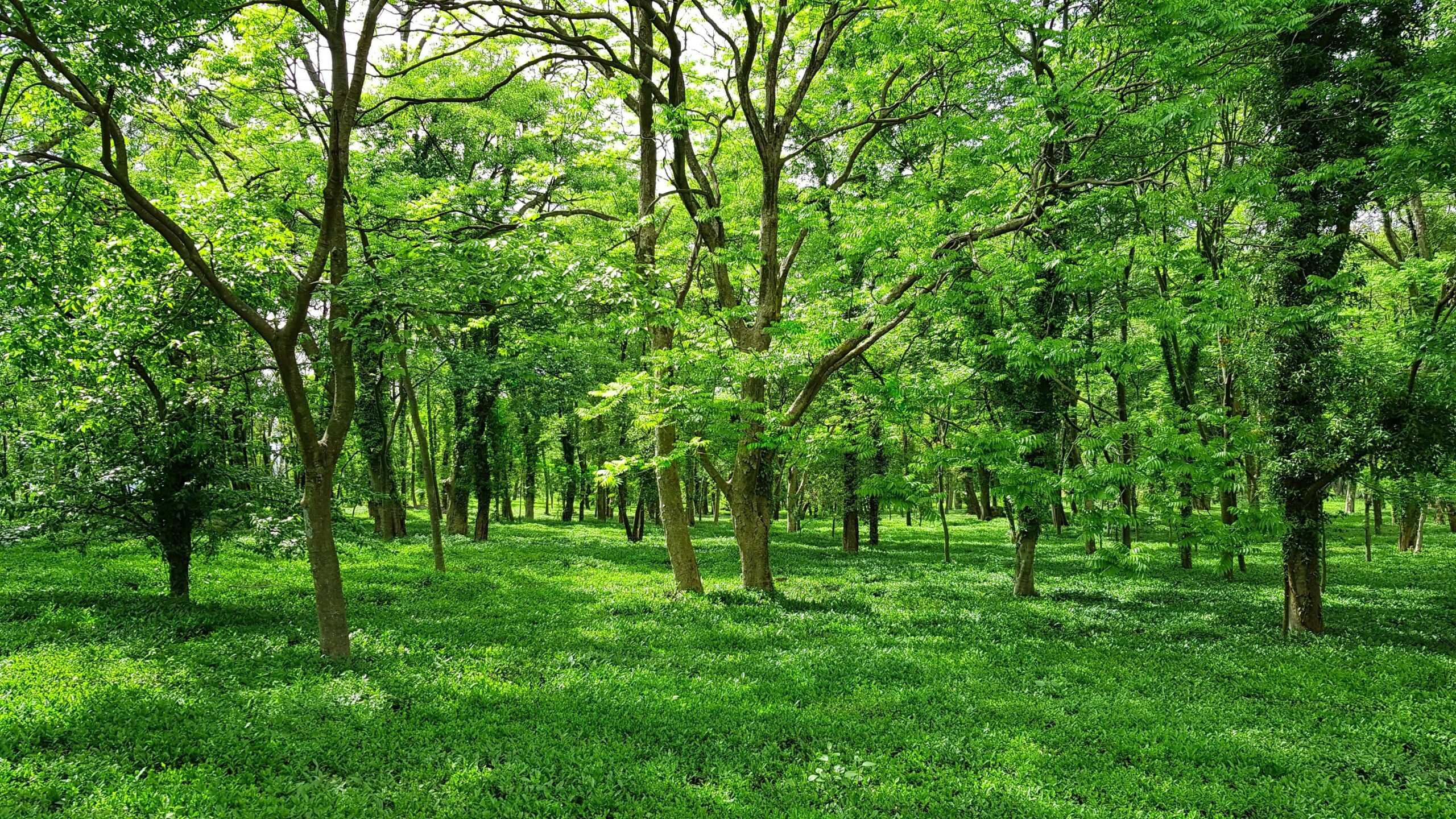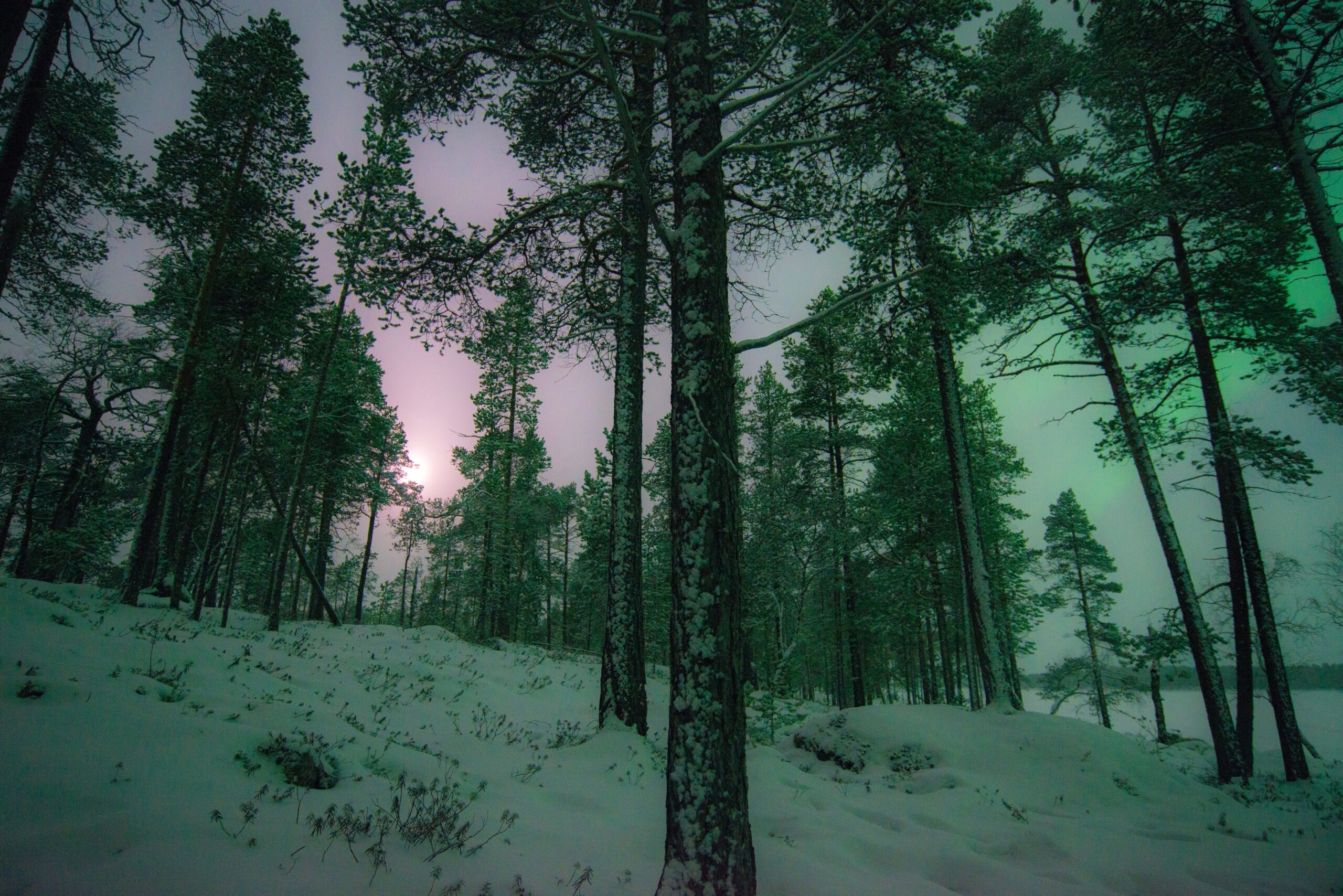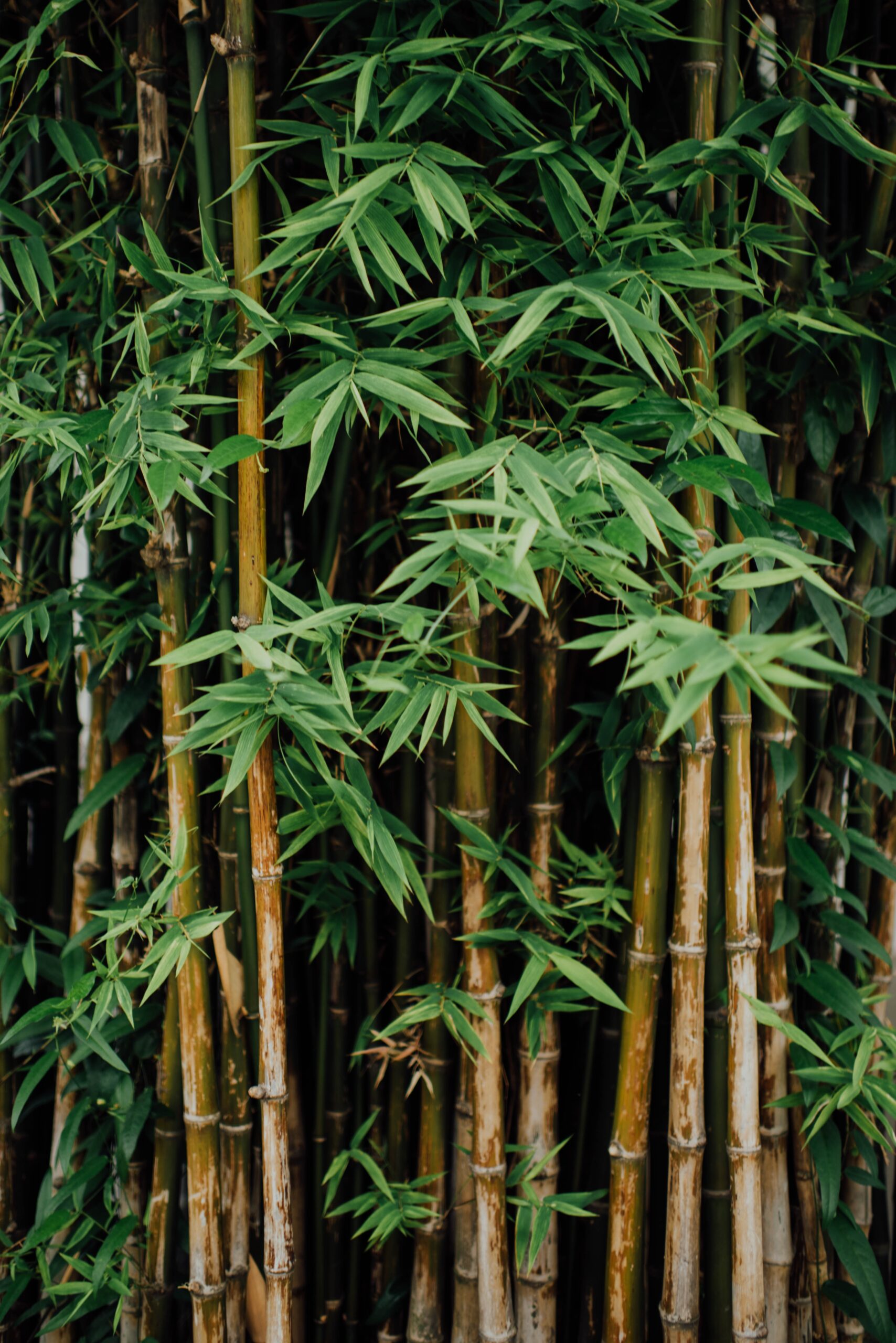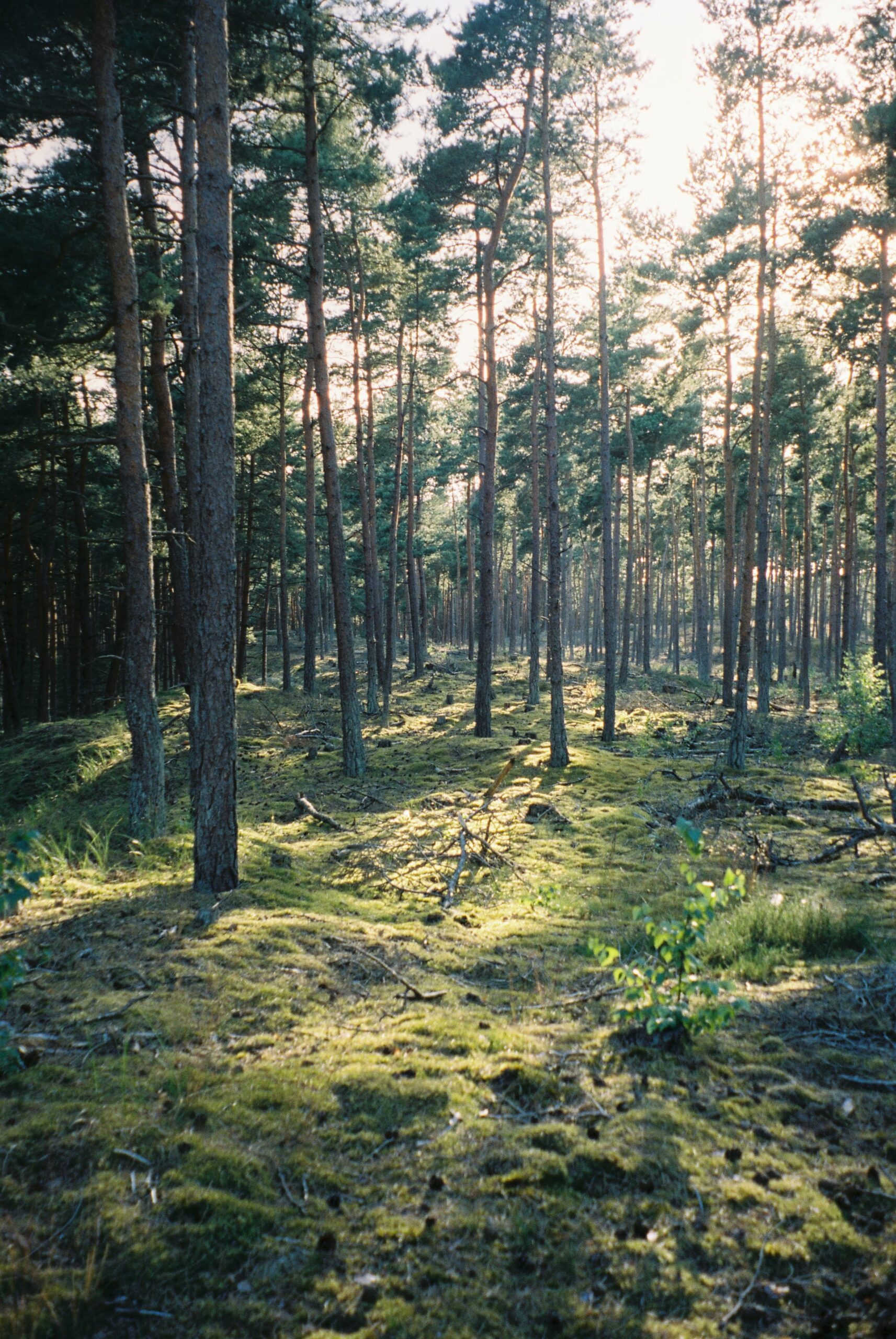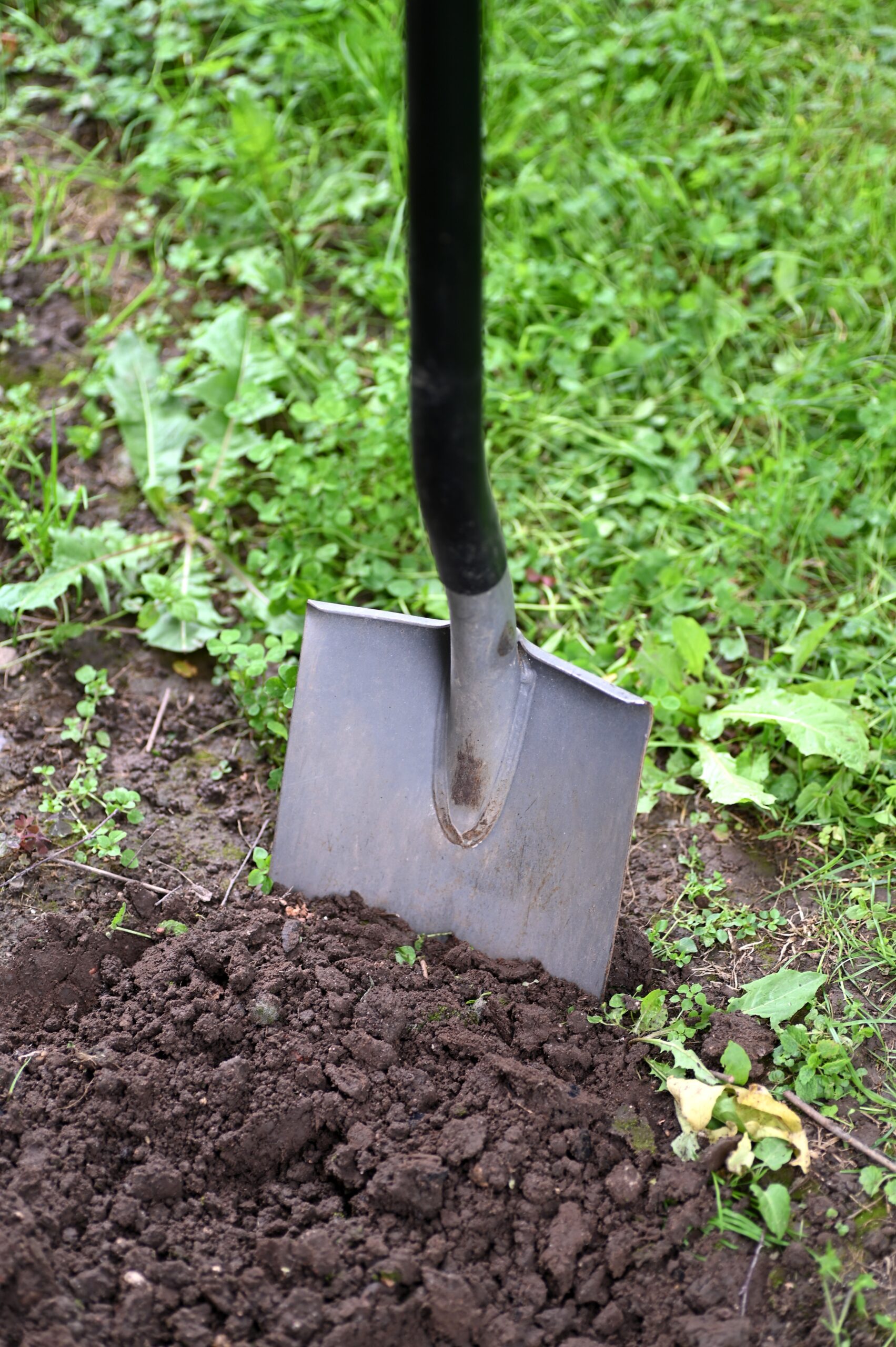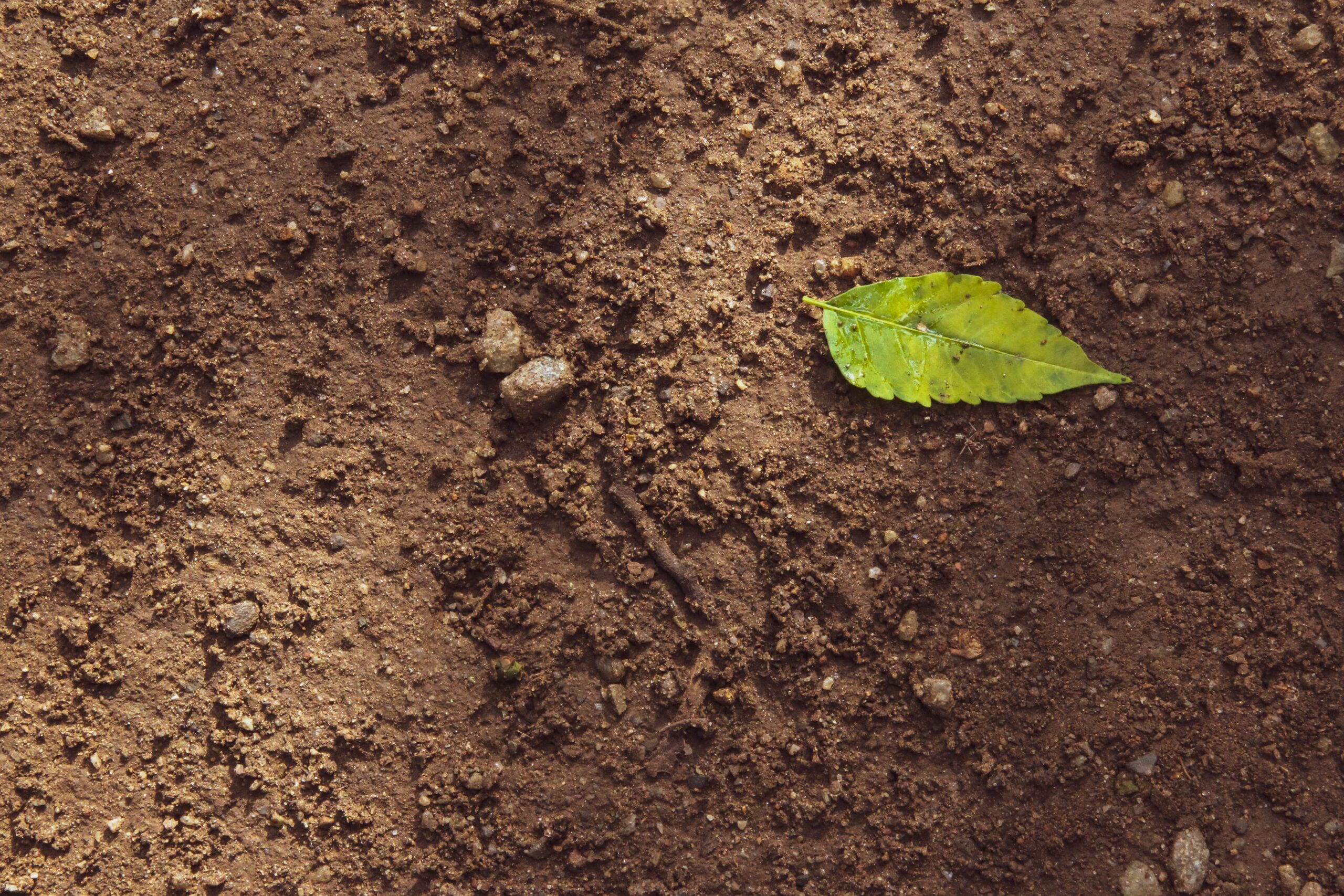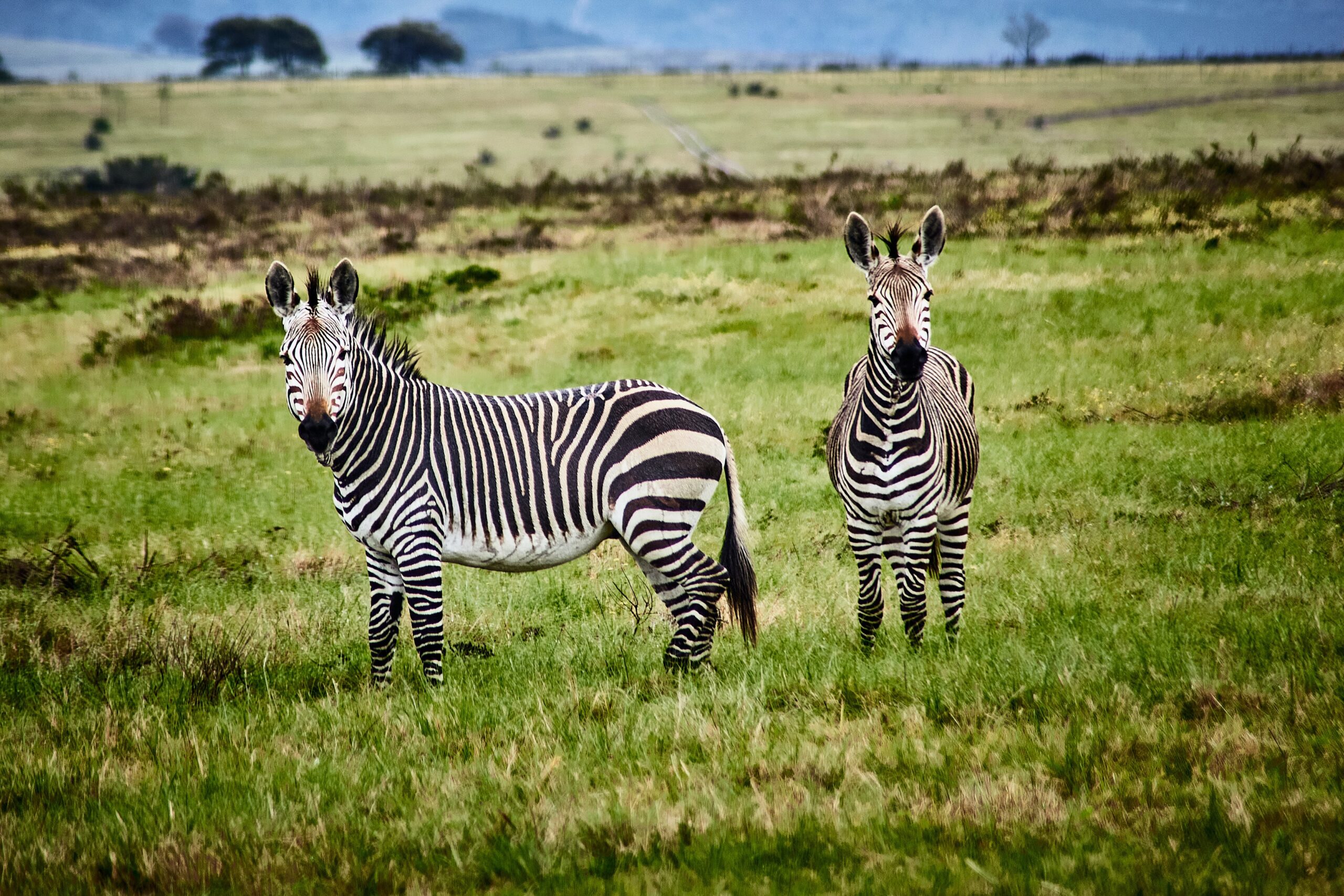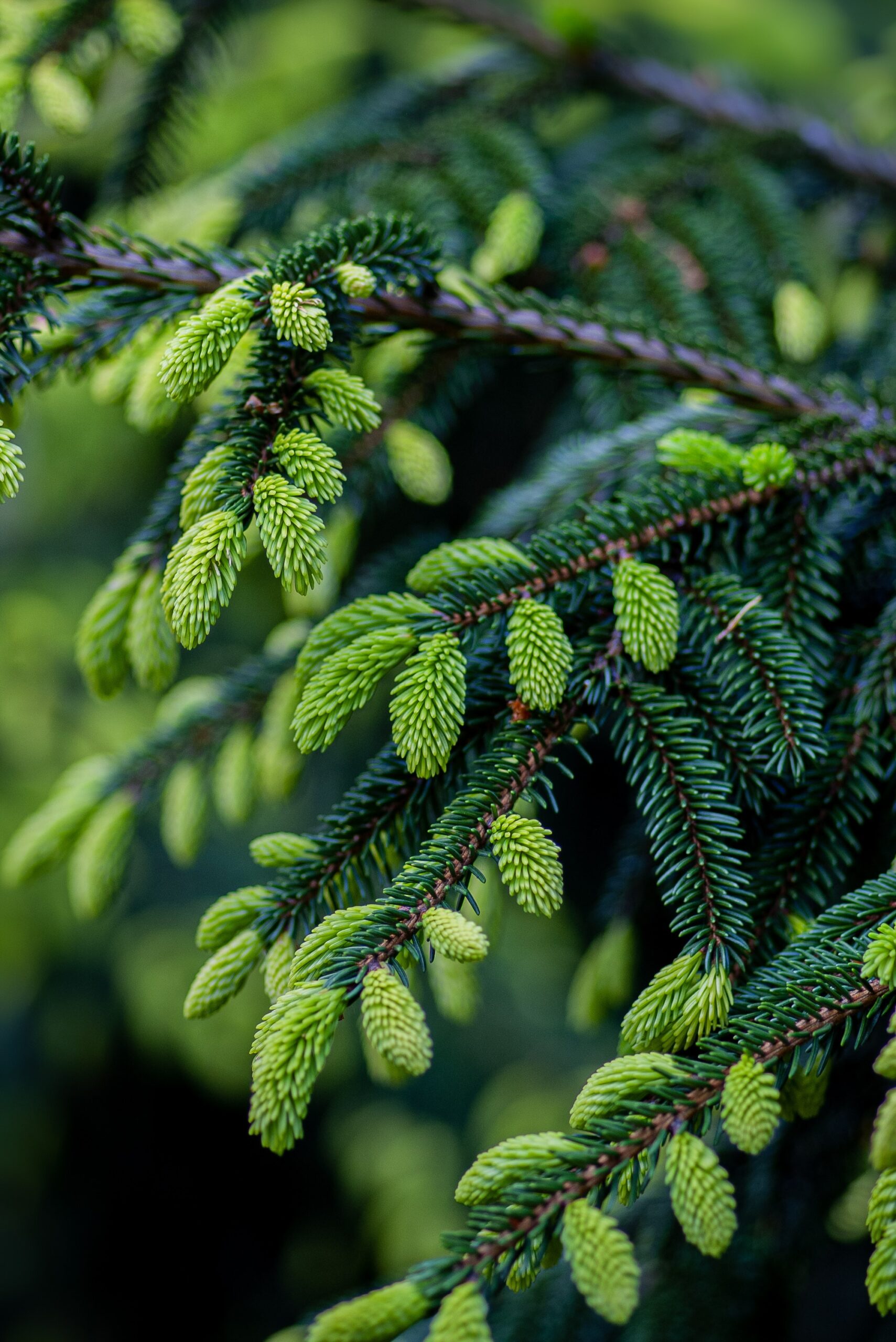Floral visitors vary greatly among plant species and depend on the volatiles emitted by the flowers. Creeping thistle is normally visited by bees and bumblebees while common yarrow is rather visited by flies. Manipulating the flower volatiles caused pollinator communities to become more similar among the two plant species. Image credit: Robert Junker and Anna‐Amelie Larue. In Focus: Larue, A.‐A.C., Raguso, R.A. & Junker, R.R. (2015) Experimental manipulation of floral scent bouquets restructures flower–visitor interactions in the field. Journal of Animal Ecology, 85, 396–408. Pollinators use multiple cues to locate suitable flowers, and recent studies argue that flower volatiles is more important than previously believed. However, the role of volatiles is seldom separated from other cues. Larue, Raguso & Junker (2015) manipulated the volatile profile of two plants that are normally visited by different pollinators. Achillea millefolium is normally not visited by honeybees and bumblebees, but these pollinator groups did visit plants that were sprayed with volatiles from Cirsium arvense. Cirsium arvense, on the other hand, was less visited by honeybees and bumblebees when sprayed with volatiles from A. millefolium. These findings highlight the potential role of volatiles in structuring pollinator communities on plants.




















































































































































































































































































































































































































































































































































































































































































































































































































































































































































































































